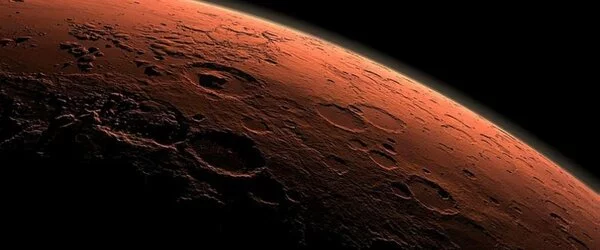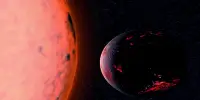Opal gemstones were found on the red planet by the Mars Curiosity Rover, according to study published in December.
The opals were discovered by Curiosity’s Dynamic Albedo of Neutrons spectrometer (DAN) in Gale Crater on Mars. A team of scientists then studied the opals and reported their findings in the Journal of Geophysical Research (JGR). Researchers discovered shattered halos, which resemble rings of light-colored sediment, in both old and new photos from the crater. These rocks were opals, according to tests.
Since Martian ice water is normally prevalent near the planet’s poles, experts were startled to learn that opals are primarily composed of water and silica. According to the study, the opal rings on Mars were found close to its equator. Earth’s geysers and hot springs, like those in Yellowstone National Park, frequently include silica.
As a former NewSpace Postdoctoral Fellow at Arizona State University and research physicist for the US government, Travis Gabriel commented, “Seeing that these fracture networks were so broad and probably chock-full of opal was fantastic.”
It is fair to assume that these potentially habitable subsurface conditions extended to many other sections of Gale Crater as well, and maybe in other regions of Mars, given the extensive fracture networks seen in Gale Crater. These ecosystems would have developed long after Gale Crater’s old waters dried up, the speaker added.
According to a study from Space, the finding indicates that Mars may have enough water to enable future crewed expeditions to the planet. The data adds credence to the idea that the Gale Crater is one of Mars’ most recent locations with a plentiful water supply.
















